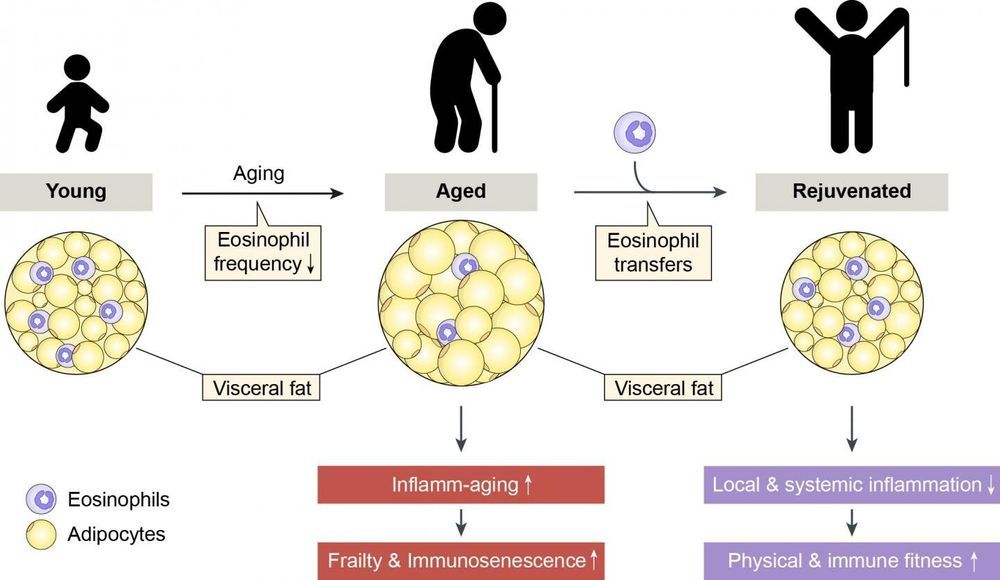Color Changing Apparels with Photochromic Dyes Creating Dramatic Effect under Sunlight by Absorbing Ultraviolet Radiation Which Is Applied By Printing & Spraying Methods. Clothes Changes Color According To Environment. Making A New Fashion Statement In Apparel Industry.
Zero electrical resistance at room temperature? A material with this property, i.e. a room temperature superconductor, could revolutionize power distribution. But so far, the origin of superconductivity at high temperature is only incompletely understood. Scientists from Universität Hamburg and the Cluster of Excellence “CUI: Advanced Imaging of Matter” have succeeded in observing strong evidence of superfluidity in a central model system, a two-dimensional gas cloud for the first time. The scientists report on their experiments in the journal Science, which allow to investigate key issues of high-temperature superconductivity in a very well-controlled model system.
There are things that aren’t supposed to happen. For example, water cannot flow from one glass to another through the glass wall. Surprisingly, quantum mechanics allows this, provided the barrier between the two liquids is thin enough. Due to the quantum mechanical tunneling effect, particles can penetrate the barrier, even if the barrier is higher than the level of the liquids. Even more remarkably, this current can even flow when the level on both sides is the same or the current must flow slightly uphill. For this, however, the fluids on both sides must be superfluids, i.e. they must be able to flow around obstacles without friction.
This striking phenomenon was predicted by Brian Josephson during his doctoral thesis, and it is of such fundamental importance that he was awarded the Nobel Prize for it. The current is driven only by the wave nature of the superfluids and can, among other things, ensure that the superfluid begins to oscillate back and forth between the two sides—a phenomenon known as Josephson oscillations.
(Credit: Getty Images)
According to the study in PNAS, the ultra-thin yet strong material acts as a barrier that mosquitoes can’t bite through. The graphene also blocks chemical signals mosquitoes use to sense that a blood meal is near, blunting their urge to bite in the first place.
Layered van der Waals materials are of high interest for electronic and photonic applications, according to researchers at Penn State and SLAC National Accelerator Laboratory, in California, who provide new insights into the interactions of layered materials with laser and electron beams.
Two-dimensional van der Waals materials are composed of strongly bonded layers of molecules with weak bonding between the layers.
The researchers used a combination of ultrafast pulses of laser light that excite the atoms in a material lattice of gallium telluride, followed by exposing the lattice to an ultrafast pulse of an electron beam. This shows the lattice vibrations in real time using electron diffraction and could lead to a better understanding of these materials.
Text is backward. Clocks run counterclockwise. Cars drive on the wrong side of the road. Right hands become left hands.
Intrigued by how reflection changes images in subtle and not-so-subtle ways, a team of Cornell researchers used artificial intelligence to investigate what sets originals apart from their reflections. Their algorithms learned to pick up on unexpected clues such as hair parts, gaze direction and, surprisingly, beards – findings with implications for training machine learning models and detecting faked images.
Infertility is one of the most striking effects of aging. The impact of aging on females’ fertility is more severe and much better understood, but it also affects males. Male reproductive aging is less researched, but of those studies that do address it, most focus on sperm. However, ejaculate contains more than just sperm. Proteins in the seminal fluid are important for fertility, and in many animals, they have a dramatic effect on female physiology and behavior. Little is currently known about the impact of male aging on these proteins, and whether any changes contribute to poorer ejaculates in older males.
To resolve these questions, researchers at the University of Oxford’s Department of Zoology conducted experiments in a model organism, the fruit fly, Drosophila melanogaster. This species typically lives for less than five weeks, which means that researchers can very rapidly measure the impact of age on male fertility, and their sperm and seminal fluid proteins. This species is also highly amenable to genetic studies, which allowed the researchers to genetically manipulate male lifespan, to see how this impacted the decline in fertility with age.
Published this week in PNAS are their results which show that both sperm and seminal fluid protein quality and quantity decline with male age, making distinct contributions to declining reproductive performance in older males. However, the relative impacts on sperm and seminal fluid often differ, leading to mismatches between ejaculate components. Despite these differences, experimental extension of male lifespan improved overall ejaculate performance in later life, suggesting that such interventions can delay both male reproductive aging and death.
Elderly people are more prone to infectious diseases as the function of their immune system continuously declines with progression of age. This becomes especially apparent during seasonal influenza outbreaks or the occurrence of other viral diseases such as COVID-19. As the efficacy of vaccination in the elderly is strongly reduced, this age group is particularly vulnerable to such infectious pathogens and often shows the highest mortality rate. In addition to the age-related immune decline aged individuals are commonly affected by frailty that negatively impacts quality-of-life. Even though the average life-expectancy for humans continuous to rise, living longer is often associated with age-related health issues.
Important role of belly fat in aging processes identified
Researchers from the Department for BioMedical Reserarch (DBMR) and the Institute of Pathology at the University of Bern as well as the University Hospital Bern (Inselspital) have set out to identify new approaches to improve health-span in a fast-growing aging population. For many years scientists speculated that chronic low-grade inflammation accelerates aging processes and the development of age-related disorders. An international team of researchers under Bernese guidance has now demonstrated that visceral adipose tissue, known as belly fat, crucially contributes to the development of chronic low-grade inflammation. Scientist around Dr. Mario Noti, formerly at the Institute of Pathology of the University of Bern and Dr. Alexander Eggel from the Department for BioMedical Research (DBMR) of the Universität of Bern reported that certain immune cells in the belly fat play and an essential role in regulating chronic low-grade inflammation and downstream aging processes.
Im Jun-Jul 2020
Posted in evolution
👽Bubonic plague
Fyodor R.
Authorities in the Chinese region of Inner Mongolia are on high alert after a suspected case of bubonic plague, the disease that caused the Black Death pandemic, was reported Sunday.
The case was discovered in the city of Bayannur, located northwest of Beijing, according to state-run Xinhua news agency. A hospital alerted municipal authorities of the patient’s case on Saturday. By Sunday, local authorities had issued a citywide Level 3 warning for plague prevention, the second lowest in a four-level system.
The warning will stay in place until the end of the year, according to Xinhua.








